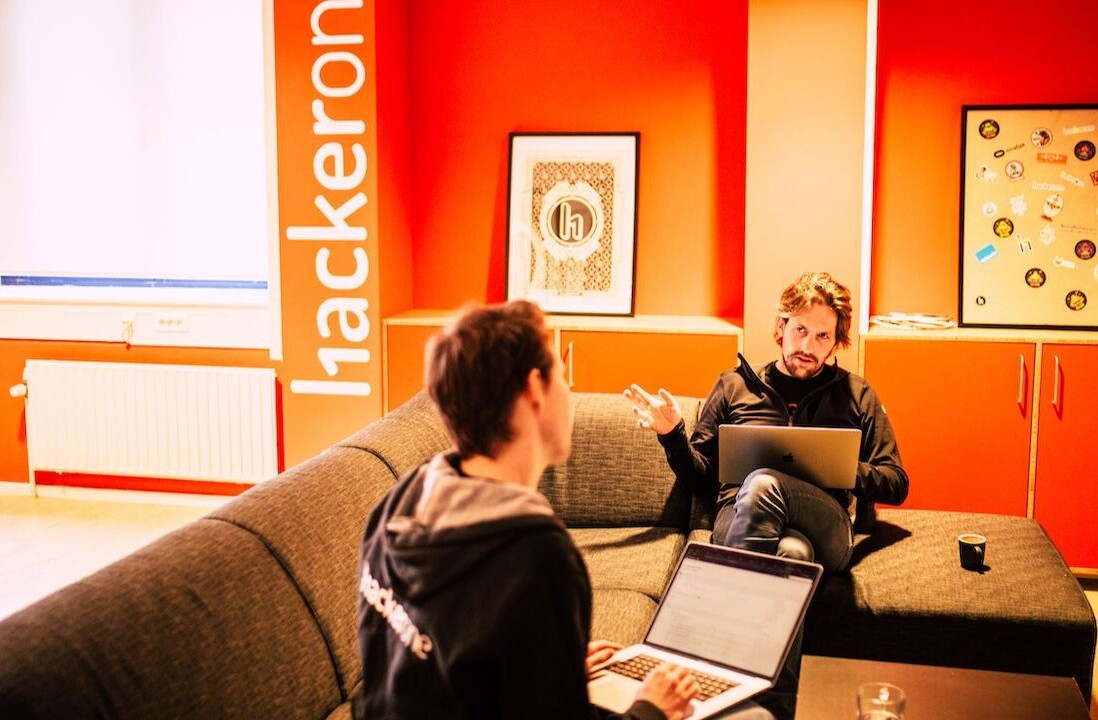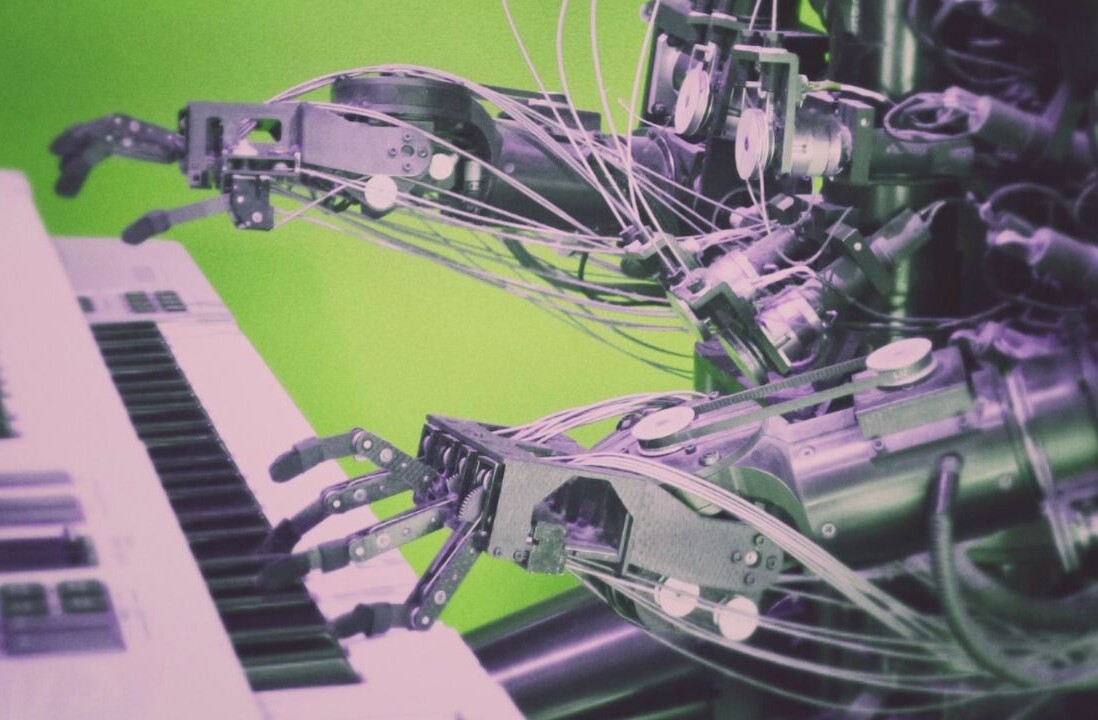
Ami Ben David is the co-founder of EverythingMe. A seasoned veteran with experience as a founder, an executive and a VC, Ami is in charge of EverythingMe’s marketing and strategy.
Everybody in tech is suddenly talking about context. In his TED interview, Larry Page talks about context as the future of computing; Marissa Mayer is rumored to be building a home grown contextual search engine; Twitter just acquired a contextual team; and Samsung is getting into the contextual game as well.
There have been various attempts to define context, but I want to focus on contextual mobile product design. This is important because context is a revolution in the way we design mobile products. You may not see it yet, but trust me, it’s coming.
So what exactly is “context” in the context of product design?
A contextual product understands the full story around a human experience, in order to bring users exactly what they want, with minimal interaction.
Context done right feels like your device finally gets you.
User story: You’re late for a meeting, running into a huge office building. But where is the meeting? And what’s the name of the person you’re meeting with?
Standard interface: Swipe your phone > enter password > find calander app > open calendar > open the meeting > look for the information. Shit, not there > search your email…
Contextual interface: Glance at your phone: the meeting card with everything you need is already on the screen.
Notice what happened here. The contextual interface understands that you’re late for a meeting and trying to find it. It’s not waiting for you to ASK for the meeting, it is giving you the meeting proactively. The user emotion is “gratitude” – the phone saved the moment.
This is the magic of context. It answers our questions before they are even asked.
Anticipating the needs
There is a beautiful line in the wonderfully surreal movie The Grand Budapest Hotel, where the new lobby boy is told to “anticipate the client’s needs before the needs are needed.” That’s the consumer value of context in a nutshell.
Think of “contextual design” as the opposite of the conversational Siri approach. The natural-language Siri is the equivalent of the personal assistant you have to talk to. If you like coffee in the morning, you have to ask again and again every single morning. “Can I please have a cup of coffee; a large latte, with soy milk.”
The contextual approach is about waking up in the morning and finding your coffee next to your bed. The coffee is prepared exactly as you like it without any fuss. There is no need to tell the assistant what they should have already known.
We are used to thinking about user interface design as a set of user-initiated interactions, where every action starts with a user making a (detailed) request, and the computer delivering as requested. With context, we try to switch a lot of the thinking process to the computer, so that users never have to tell computers things the computer already knows.
User story: You want to call a friend, someone you call at least once a week:
Standard interface: Swipe phone > enter password > open calling app > tap Contacts > start typing name > find contact among 10 entries with the same first name > choose which number to call > Call
Contextual interface: Look at your phone > tap search > enter first letter > a picture of your friend is first on the list > call.
What happened here? The contextual interface realized that this person was the one you were most likely to want to call at this time, at this place, starting with that letter. Because that’s what you’ve been doing every week. The user emotion here is “I’m being understood” – the phone gets me.
I always like to measure contextual design success in terms of how little interface was needed to deliver a great result. Top success is zero interface; what you want just shows up on screen. Second best is when you just need to hint to your device. Just one one tap, or one letter. If your phone is smart, and has been with you for over a week – that should be more than enough time for it to get your hint.
So how do we design contextual products?
First, we need to start thinking differently. We need to think about interface as a two way interaction where both sides are smart and familiar with each other.
Let’s say I’m designing a TV guide application.
User story: You sit down in front of the TV after a long, hard day
Standard interface: Swipe your phone > enter password > open TV Guide app > go to TV listing > scroll through a list of 200 shows > find something nice > find the TV remote control > switch to the channel
Contextual interface: Look at your phone > TV card shows with three things you may like > point phone to TV and tap > both TV and phone sync to that show.
What happened? Your phone realized you’re in front of the TV, it’s late, you’ve been running around all day, so you must be tired. This is the time to show a TV card. It knows what you usually like to watch, so it can compare it to what’s on right now. Oh, and It’s seamlessly connected to your TV so one tap activates them both – a magic moment.
This is a completely new way of designing experiences.
What are the building blocks of “context design”?
I see three groups of context elements: the user, the environment and the world.
The user context is about how people are different. It’s about what every user likes, hates, owns (a digital watch?), installs (apps?) and likes on social networks. It’s also about the user’s state of mind (bored, late, hungry,etc.), their habits and their state of motion (is the user standing, moving, running).
The environmental context captures the time, the day, the location, the type of place (home, work, shop, train station,etc.), other networks or devices the user is connected to, or any other physical aspect that influences your application.
The world context looks at what is happening elsewhere that may be related to the user, such as sports events, news events, weather, flight delays, traffic jams, package delivery times, a TV show everyone’s watching, or something trending on Twitter.
Obviously not every piece of data is relevant to every application, but I believe that just about every application can benefit from the contextual approach way of thinking.
Now here is your challenge as a mobile product designer:
Take your three basic user scenarios and imagine how you would redesign them if you had instant access to the full context of the user using them. Can you create magic moments? Can you make the user feel understood? I believe you can.
Get the TNW newsletter
Get the most important tech news in your inbox each week.





